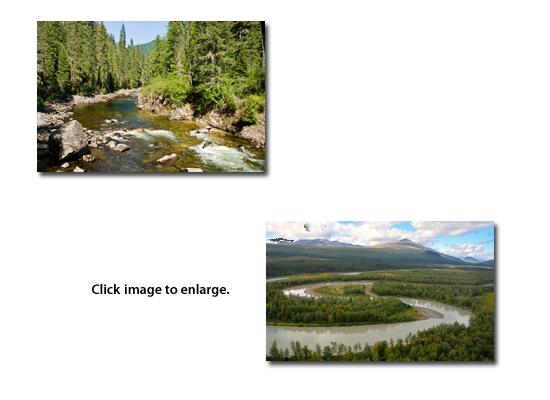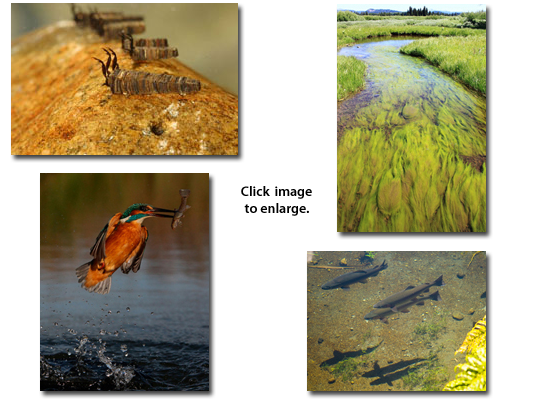AQUATIC BIOMES

Biomes are major subdivisions of the ecological communities of Earth that contain species with similar adaptations to particular physical environments. One major distinction among Earth’s biomes is the primary medium in which organisms live—air in the case of terrestrial environments, and water in the case of aquatic environments. Terrestrial organisms have easy access to oxygen, which constitutes about 21% of air, but need special adaptations to obtain the liquid water that makes up the bulk of their bodies. For this reason availability of liquid water, which is controlled by yearly patterns in atmospheric conditions of temperature and precipitation (climate), distinguishes terrestrial biomes. In contrast, aquatic organisms have easy access to water but, because water is relatively poor in dissolved oxygen (recall that oxygen diffuses slowly through water), need special adaptations to obtain the oxygen required for aerobic metabolism. The biomes of aquatic places are distinguished by adaptations of organisms to characteristics of their watery medium, such as depth, temperature, flow rate, characteristics of the bottom, and what’s dissolved in it (such as salts or oxygen)—not by climate.
For this activity, we have organized descriptions and images of the major aquatic biomes that facilitate between-biome comparison.
Select the buttons at the bottom to investigate features of the aquatic biomes. Click on a photo thumbnail to enlarge it.
For this activity, we have organized descriptions and images of the major aquatic biomes that facilitate between-biome comparison.
Select the buttons at the bottom to investigate features of the aquatic biomes. Click on a photo thumbnail to enlarge it.

Freshwater
Estuarine
Marine

Freshwater
Estuarine
Marine

Freshwater
Estuarine
Marine